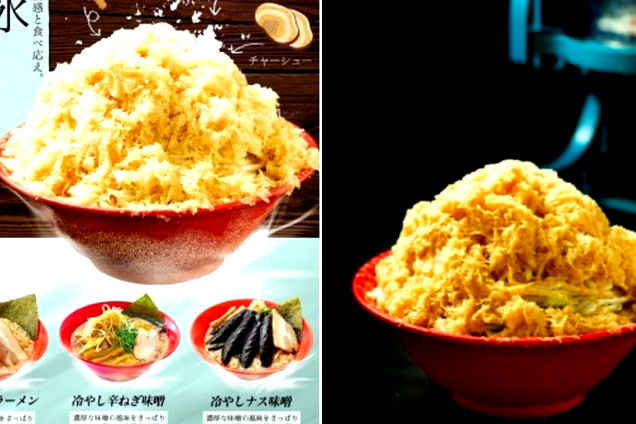How summer became Japan’s ‘spooky season’



By Carl Samson
For many cultures that celebrate Halloween, costumes and scary stories do not come around until October, when the air becomes cooler to make way for the winter. In Japan, however, these things arrive about three months earlier — and right in the scorching heat of summer.
Such a unique time of observance traces its roots to two major sources. The first of them springs from a tale about a Buddhist disciple named Mokuren, who discovers that his dead mother wound up in hell and then performs a ceremony to save her soul.
The myth evolved to become a tradition called Obon, or the week-long festival of the dead. Celebrated in August, Obon is believed to be a time when the wall between the spirit and human worlds is at its thinnest, enabling those from the former to make crossovers.

In turn, the living hold memorial services to honor them, akin to what Mokuren did for his mother. Family members visit ancestral graves to clean them, partake in food and drinks and light bonfires.
Spirits that are well-cared for are believed to pass peacefully and provide protection for their loved ones. On the other hand, those that are not — as well as those that suffered violent deaths — are feared to return with a vengeance, making the case for horror stories in the sweltering heat of August.

The second source of Japan’s summer scare dates back to the Edo or Tokugawa period, which lasted from 1603 to 1867, as a way to literally cool off. At the time, groups of 100 samurai warriors would reportedly gather to tell each other frightening stories, a custom known as “hyakumonogatari kaidankai.”
Aside from sending chills down their spines, the practice also served as a way to test the warriors’ courage. During a sitting, 100 candles or lanterns were lit — one for each samurai — and blown out after each warrior shared a scary story. After the last one was told, the 100th candle or lantern was blown, resulting in total darkness. The group would then wait for the arrival of any spirit, though there were reportedly instances when sessions were prematurely halted out of fear.

Ethnologist Shinobu Orikuchi, who lived from 1887 to 1953, said that the Edo period also saw performances of “cooling-off” plays called “suzumi shibai” in kabuki theaters.
One famous story centers on a woman named Oiwa who is tricked by her husband into using a poisonous facial cream, which disfigures her face and ultimately kills her. However, just before her demise, she swears vengeance against her husband, who is later tormented by visions of her ruined face and is driven to madness.
Over time, the continued practice of such customs made summer Japan’s spooky season. Today, aside from Obon, a tradition called “kimodameshi” is typically done during the summer. Here, youngsters willingly visit horrifying locations to prove their bravery and courage.

Kimodameshi literally means “to test your liver,” as the digestive organ is associated with courage in Japan. The tradition’s origins are unclear — one theory suggests it may have started during the Heian period (794-1185). Some believe samurai warriors also used it to train children.
Common kimodameshi locations include haunted houses, forests, graveyards and tunnels. Today, there are even kimodameshi trips organized by schools. To maximize the students’ fright, staff would plant props such as fake skulls in advance. Audio and visual effects may also be used for additional ambiance.
Without a doubt, Japan has found creative ways to have fun during its sunny days. Sitting down with family or friends for a scary story, visiting a haunted house to test the limits of one’s courage or going on a horror movie binge are excellent alternatives to hitting the beach, and perhaps even better with someone — or something — else next to you.
Share this Article
Share this Article





